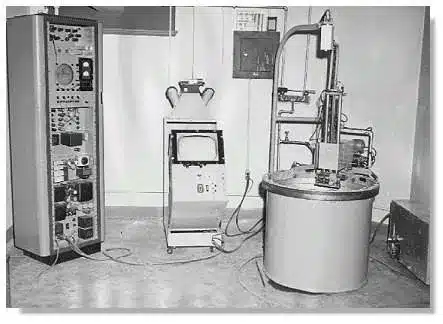- Home
- Scans for Women
- Scans for Men
- Msk
- Pregnancy
- Cardiovascular
- About
- Book a Scan
- Blog

October is designated as Medical Ultrasound Awareness Month, aimed at raising awareness of the crucial role diagnostic medical sonographers play in the medical community. It is also an opportunity to educate the public about the many applications of medical ultrasound in healthcare. While many people still associate ultrasound with baby scans during pregnancy, the use of ultrasound extends far beyond that, aiding in the diagnosis and treatment of various medical conditions.
In this article, we will delve deeper into the world of medical ultrasound, exploring its history, technological advancements, and applications across multiple areas of medicine.
Medical ultrasound, also known as diagnostic sonography or ultrasonography, is a non-invasive medical imaging technique that uses high-frequency sound waves to create images of internal body structures. This technology shares similarities with the sonar systems used by the military to detect underwater objects and the radar systems used in aviation and speed cameras. In each of these applications, high-frequency sound waves are emitted and bounce back upon encountering an object, with the returning sound waves being captured and processed to create an image or determine an object's location.
In medical ultrasound, this principle is adapted to visualize internal body structures, allowing healthcare professionals to diagnose or exclude a wide range of abnormalities in organs such as the liver, uterus, ovaries, breasts, testes, and heart.
The history of medical ultrasound dates back to 1942 when Dr. Karl Theodore Dussik, an Austrian physician, published the first paper on medical ultrasonics. However, it wasn't until the mid-1950s that the practical techniques and applications of medical ultrasound began to take shape, thanks to the pioneering work of Professor Ian Donald and his colleagues in Glasgow. Since then, ultrasound technology has advanced rapidly, with computers playing a significant role in these advancements. Today, ultrasound is used to image most body organs and is the preferred diagnostic tool during pregnancy.
For a more in-depth look into the history of ultrasound, we recommend this comprehensive article.
Sonographers, also known as diagnostic medical sonographers, are healthcare professionals who specialize in the use of medical ultrasound equipment. They have extensive knowledge of the human body's anatomy and physiology, as well as the skills required to operate sophisticated ultrasound machines. Sonographers are responsible for acquiring high-quality diagnostic images while ensuring patient comfort and safety.
The role of a sonographer typically involves:
Medical ultrasound has a broad range of applications across various medical specialties. Some of the most common uses include:
Ultrasound is an essential tool in obstetrics and gynecology, where it is used to monitor fetal development, assess the health of the mother and baby, and diagnose conditions affecting the reproductive system, such as ovarian cysts, fibroids, and endometriosis.
Ultrasound is used to examine the organs in the abdominal cavity, including the liver, gallbladder, spleen, pancreas, and kidneys. It can help diagnose conditions such as liver disease, gallstones, kidney stones, and abdominal aortic aneurysms.
Breast ultrasound is used to evaluate breast lumps, distinguish between cysts and
solid masses, and guide biopsy procedures. It can also be used as a complementary tool to mammography in detecting breast cancer or other breast abnormalities.
Ultrasound is used to assess muscles, tendons, ligaments, and joints, helping diagnose conditions such as tendonitis, bursitis, and muscle tears. It can also guide procedures such as joint injections and aspirations.
Echocardiography, a specific type of ultrasound, is used to evaluate the heart's structure and function. It can help diagnose various heart conditions, such as valve disorders, heart failure, and congenital heart defects.
Vascular ultrasound is used to assess blood flow and detect abnormalities in the blood vessels, such as blood clots, arterial blockages, and aneurysms.
Ultrasound guidance is often used during minimally invasive procedures, such as biopsies, drainages, and injections, to ensure accurate placement of needles or catheters while minimizing the risk of complications.
There are several reasons why medical ultrasound has become an indispensable tool in healthcare:
Medical Ultrasound Awareness Month serves as an opportunity to highlight the essential role of diagnostic medical sonographers and the life-changing impact of ultrasound technology on healthcare. With its many applications and advantages, ultrasound has become an indispensable tool for diagnosing and treating a wide range of medical conditions. As technology continues to advance, we can expect medical ultrasound to play an even more significant role in shaping the future of healthcare.